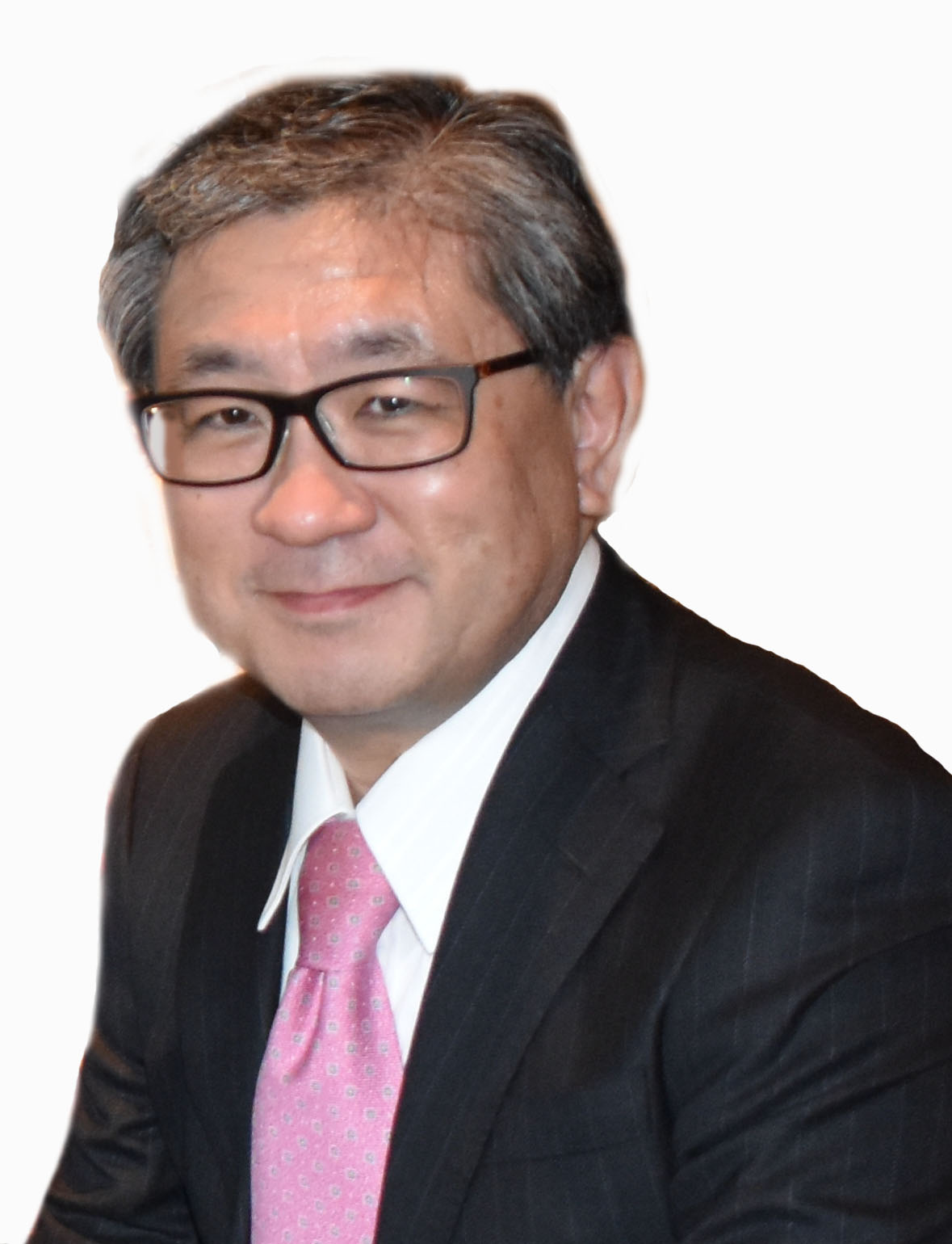-
Affiliation
-
Faculty of Nursing and Medical Care Faculty of Nursing And Medical Care, Division of Acute Pathophysiology Graduate School of Health Management ( Shonan Fujisawa )
-
Position
-
Professor
-
Related Websites
-
Contact Address
-
新宿区信濃町35 孝養舎 研究室4
-
Remarks
-
https://k-ris.keio.ac.jp/html/100003999_en.html



